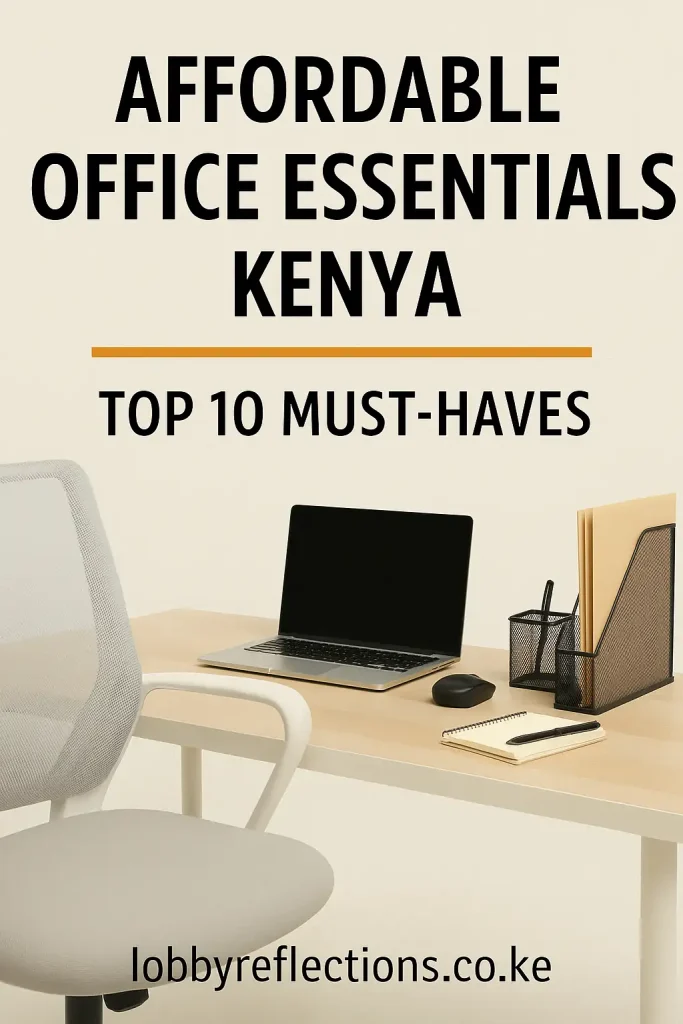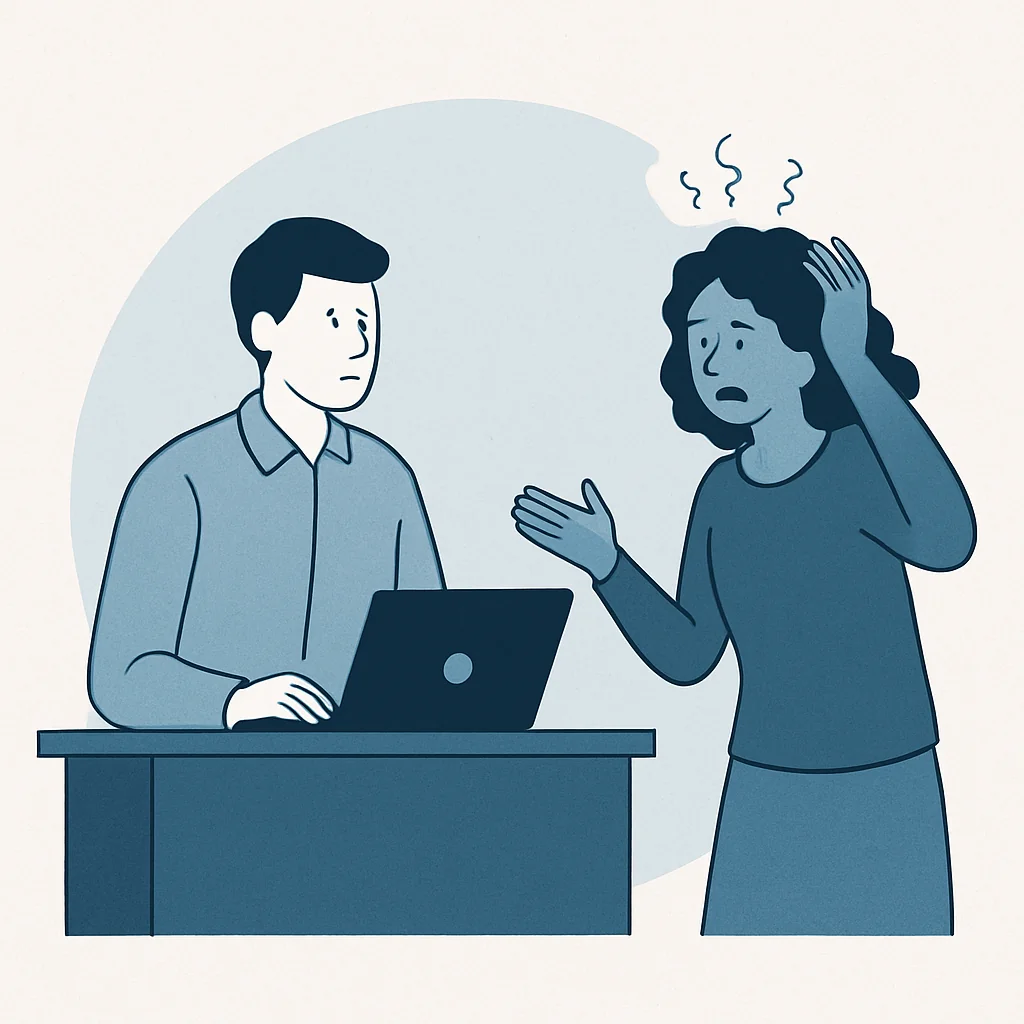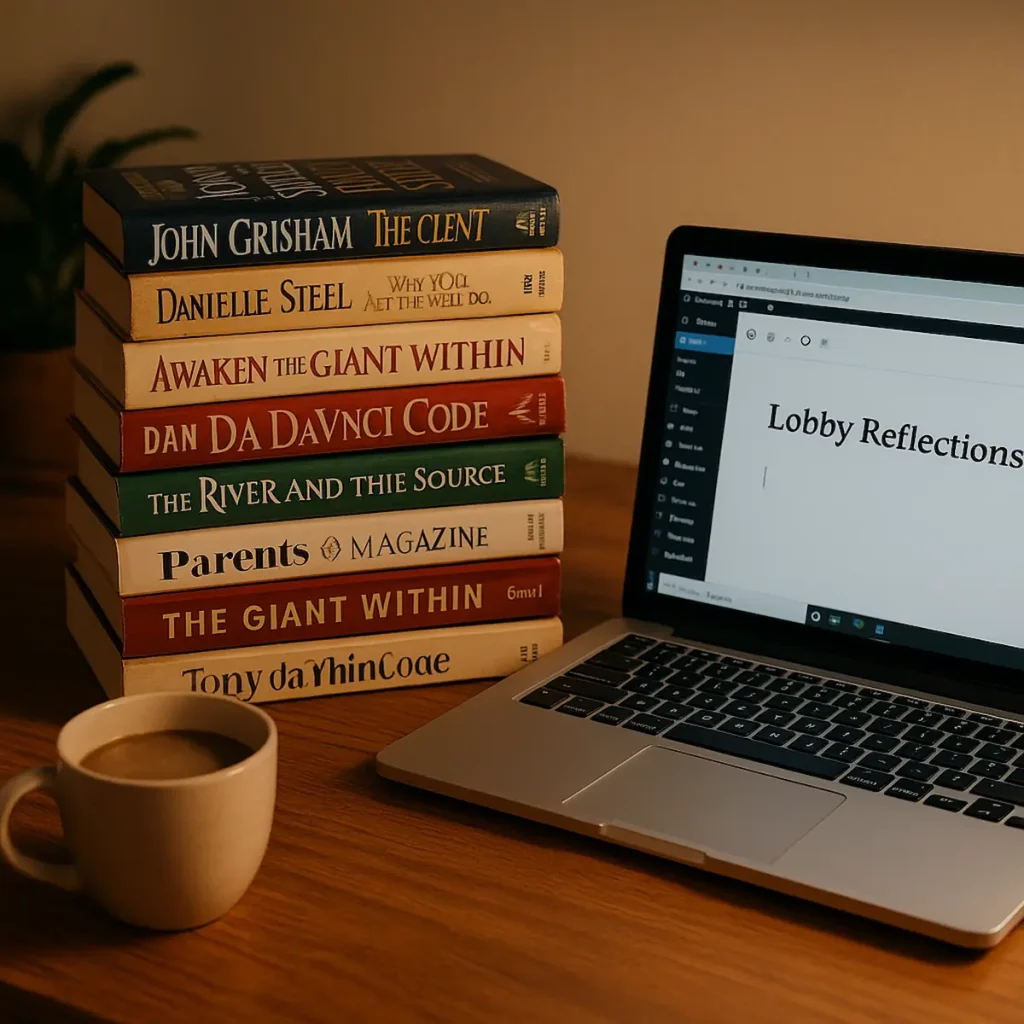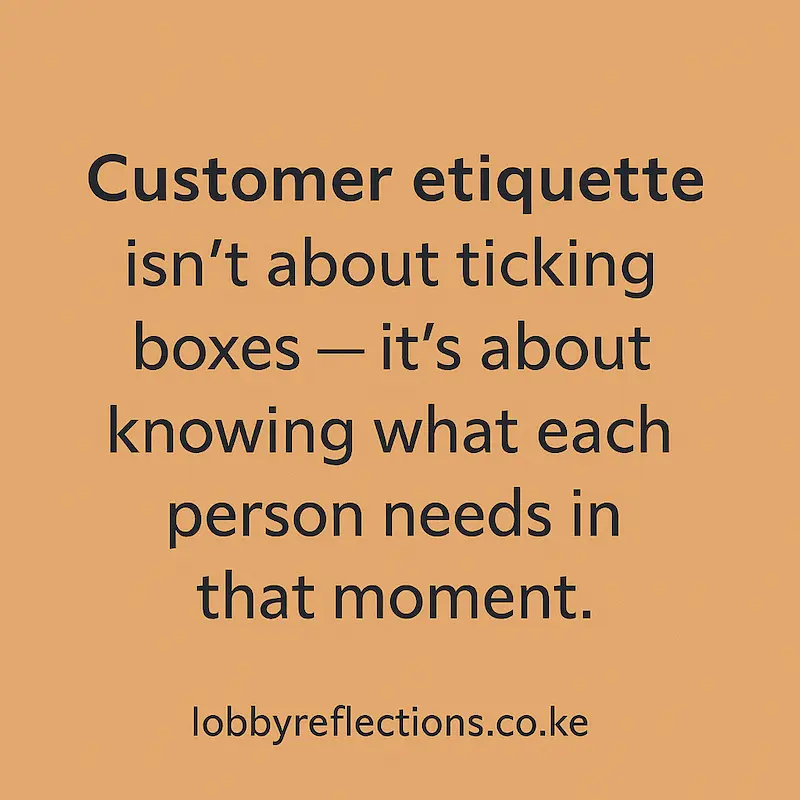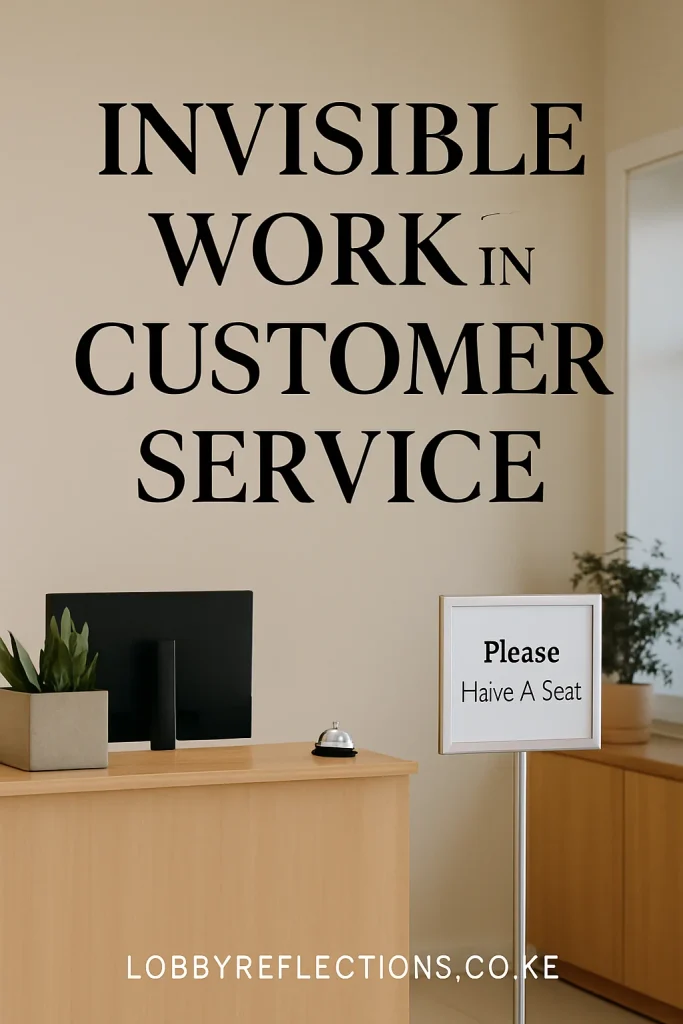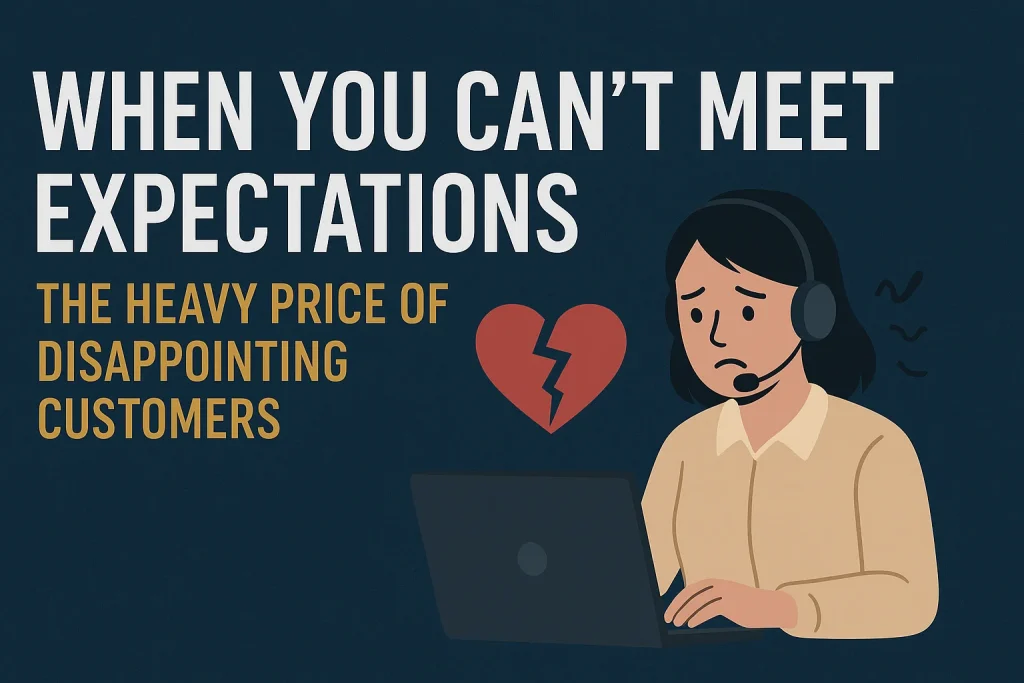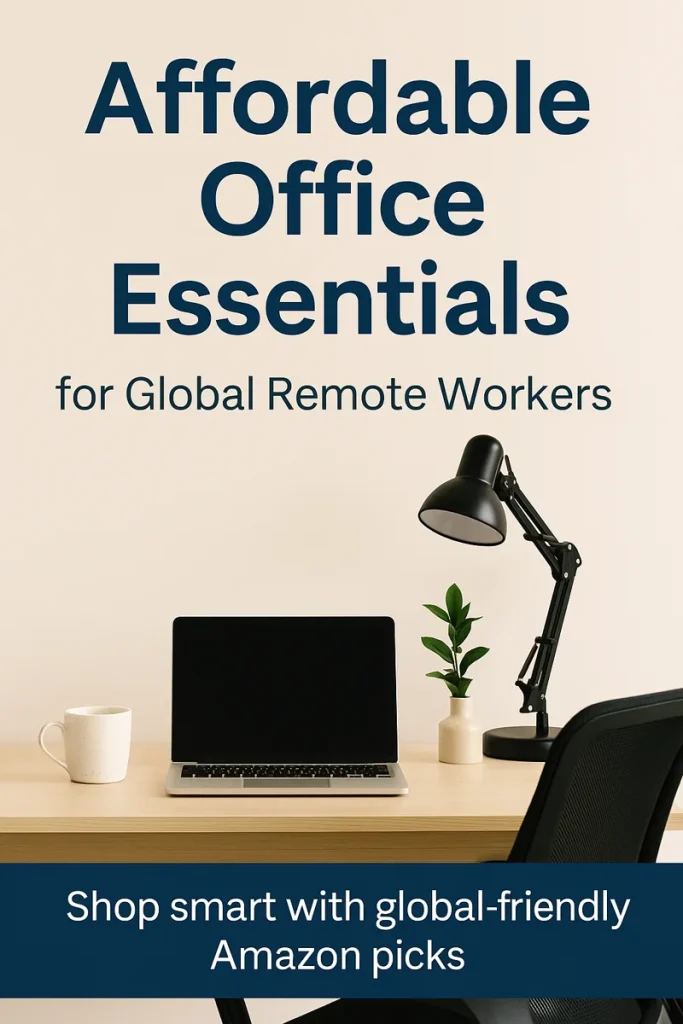
Whether you’re working from a bustling city like Nairobi, a quiet town in rural America, or a tiny apartment in Mumbai, one universal truth remains: a well-equipped workspace fuels better productivity. With more people embracing remote work, side hustles, and flexible schedules, the demand for practical, affordable office essentials has never been higher.
As someone who writes from a modest home office in Kenya, I understand the need to create a productive space without overspending. In this post, I’ll share 10 budget-friendly tools that have helped me stay focused, organized, and efficient—plus Amazon affiliate links if you’d like to support my work while upgrading your own setup.
Disclaimer: This post contains Amazon affiliate links. If you use them to make a purchase, I may earn a small commission at no extra cost to you.
1. Ergonomic Chair with Lumbar Support: A Must-Have Among Affordable Office Essentials
A comfortable chair is the cornerstone of any productive workspace. If you’re sitting for long hours, poor posture can lead to back pain, fatigue, and even long-term health issues.
Why it matters: A well-designed ergonomic chair supports your spine, helps maintain good posture, and improves focus.
Recommended: Best budget ergonomic chair on Amazon
2. Adjustable Desk Lamp for Better Lighting
Lighting affects your energy and concentration more than you might think. A good desk lamp minimizes eye strain and boosts your mood.
Why it matters: Proper lighting makes reading and typing easier, especially during late-night work or on gloomy days.
Recommended: Top-rated LED desk lamp
3. Laptop Stand or Riser — Budget-Friendly Office Essential
Working directly from your laptop can strain your neck and wrists. A laptop stand elevates your screen to eye level for healthier posture.
Why it matters: It reduces physical strain and can even improve airflow to your device, preventing overheating.
Recommended: Top laptop riser under $30
4. Stationery Organizer to Declutter Your Workspace
Clutter is the enemy of focus. A simple desk organizer helps keep pens, sticky notes, chargers, and paperclips in their place.
Why it matters: Reduces distraction and helps you find tools quickly when needed.
Recommended: Desk organizer with drawers
5. Wireless Mouse and Keyboard Set
If you use your laptop daily, investing in a wireless mouse and keyboard can significantly improve comfort and efficiency.
Why it matters: Helps reduce wrist strain and gives you more flexibility in desk arrangement.
Recommended: Wireless combo deal
6. Noise-Cancelling Headphones for Focused Remote Work
Whether it’s street noise, a noisy neighbor, or loud kids in the background, distractions are real. Noise-cancelling headphones help create a focused audio environment.
Why it matters: Great for Zoom calls, deep work, or listening to productivity playlists.
Recommended: Affordable noise-cancelling headphones
7. Cable Management Kit — Affordable Office Essentials That Tidy Up Your Desk
Tangled cords can make even the cleanest desk look messy. A cable management kit keeps your charging and data cables in order.
Why it matters: Maintains a clean workspace and reduces tripping or unplugging accidents.
Recommended: Best cable organizer kit
8. Whiteboard or Weekly Planner
Visual reminders help with task management. A whiteboard or planner can help you track your goals, meetings, and weekly progress.
Why it matters: Encourages consistency, prioritization, and better time management.
Recommended: Dry-erase whiteboard for desks
9. Reusable Water Bottle or Mug Warmer
Hydration and caffeine keep many of us going. Having a water bottle within reach or a mug warmer ensures your drink stays just right.
Why it matters: Staying hydrated improves energy levels and focus.
Recommended: Best mug warmer
10. Power Extension Strip with USB Ports
A power extension with USB ports helps you charge multiple devices without cluttering your workspace with adapters.
Why it matters: Offers convenience, especially if you work from shared spaces or older buildings with limited outlets.
Recommended: Surge protector with USB ports
How to Choose the Right Affordable Office Essentials
When shopping for affordable office gear, focus on the following:
- Functionality: Will it solve a real problem in your workflow?
- Size and space: Will it fit in your current setup?
- Reviews: Does it have positive feedback from verified users?
- Budget: Compare prices and look for bundles or Amazon deals.
If you’re in Kenya or another country where shipping can be tricky, consider freight forwarding services or find local alternatives with similar features.
My Workspace in Nairobi
My desk is simple: a table near a window, a secondhand ergonomic chair from Gikomba, and a few Amazon picks sent by a friend abroad. It’s not perfect, but it works. Small upgrades, like adding a laptop stand and a desk lamp, have made a big difference.
Don’t wait for the “perfect office” to get started—begin with what you have and build gradually.
Final Thoughts on Affordable Office Essentials
You don’t need expensive gadgets to create a productive workspace. Just a few intentional, affordable tools can transform your daily workflow. Whether you’re in Nairobi, New York, or anywhere in between, these affordable office essentials can help you stay focused, healthy, and productive.
Like this post? Support my blog by bookmarking it, sharing it with a friend, or using my Amazon links when you shop.
Related Post: Creating a Functional Workspace on a Budget
Outbound Resources:
